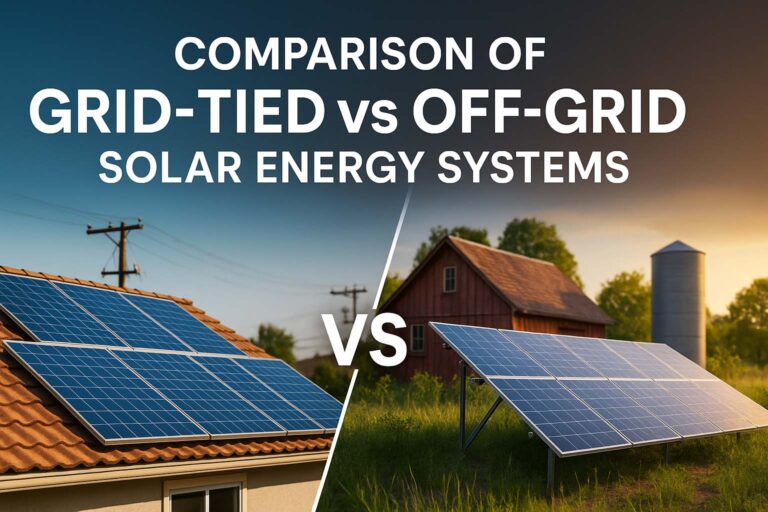Voltage Dip vs Voltage Drop: Best Guide
Understanding the difference between voltage dip vs voltage drop is crucial in electrical engineering and power systems. Although these two terms sound similar, they refer to different electrical phenomena. Misunderstanding them can lead to poor system design, reduced equipment lifespan, or misdiagnosis of electrical faults. This article will break down both concepts, highlight the differences, and explain their causes, effects, and prevention methods.

What is Voltage Dip?
A voltage dip, also known as a voltage sag, is a short-duration reduction in RMS voltage. It typically lasts from a few milliseconds to a few seconds. Voltage dips are temporary and are usually caused by a sudden increase in load or a fault in the power system.
Causes of Voltage Dips
Voltage dips usually occur when large electrical loads like motors or transformers are switched on. They can also be caused by:
- Short circuits
- Lightning strikes
- Electrical faults on the grid
- Start-up of heavy machinery
When this happens, the current demand rises sharply. The system struggles to maintain voltage, causing a brief dip.
Know more about voltage dip in generator
Effects of Voltage Dips
Even though voltage dips are short-lived, they can have a significant impact on sensitive equipment. Common effects include:
- Flickering lights
- Computer resets or shutdowns
- Malfunction of industrial machines
- Reduced quality in manufacturing processes
For industries using automation, voltage dips can lead to significant downtime and loss.
Measuring and Identifying Voltage Dips
Voltage dips are measured using power quality analyzers. A typical dip is defined as a drop in voltage below 90% of the nominal level for up to 1 minute.
Table: Typical Classification of Voltage Dips
| Dip Depth (%) | Duration | Impact Level |
|---|---|---|
| 90% – 70% | <1 second | Mild to moderate |
| 70% – 40% | 0.5 to 5 seconds | Moderate to severe |
| <40% | >5 seconds | Severe, possible shutdown |
What is Voltage Drop?
In contrast, voltage drop refers to the gradual loss of voltage as electrical current moves through a conductor. It is a permanent characteristic of the electrical circuit and depends on wire length, cross-sectional area, and load current.
Know more about nec article 220
Causes of Voltage Drop
Voltage drop occurs naturally in every electrical system. The main causes are:
- Long cable runs
- Undersized conductors
- High-resistance connections
- Overloaded circuits
The longer the cable or the higher the current, the more significant the drop.
Effects of Voltage Drop
Voltage drop doesn’t usually cause immediate equipment failure, but it does affect performance. Common symptoms include:
- Dimmed lighting
- Motor inefficiency
- Heating of wires
- Lower productivity in machines
If voltage drop exceeds recommended limits, it can reduce system efficiency and increase power loss.
How to Calculate Voltage Drop
Voltage drop is calculated using Ohm’s Law:
V = I × R,
where V is voltage drop, I is current, and R is resistance.
Table: Sample Voltage Drop Values (Single-Phase Circuit)
| Wire Size (mm²) | Current (A) | Distance (m) | Voltage Drop (V) |
|---|---|---|---|
| 2.5 mm² | 10 A | 50 m | 7.5 V |
| 4 mm² | 10 A | 50 m | 4.7 V |
| 6 mm² | 10 A | 50 m | 3.1 V |
Proper cable sizing is essential to minimize voltage drop.
Voltage Dip vs Voltage Drop: Key Differences
Let’s now explore the main differences between voltage dip vs voltage drop.
Table: Voltage Dip vs Voltage Drop Comparison
| Aspect | Voltage Dip | Voltage Drop |
|---|---|---|
| Definition | Temporary reduction in voltage | Permanent reduction over distance |
| Duration | Milliseconds to seconds | Constant during operation |
| Cause | Faults, motor starts, grid events | Cable resistance, length, current |
| Impact | Sudden equipment shutdown | Performance degradation |
| Detection Method | Power quality monitoring tools | Electrical load and cable analysis |
| Mitigation | UPS, AVR, power conditioners | Proper cable sizing, shorter runs |
Why Understanding Voltage Dip vs Voltage Drop Matters
Misidentifying one for the other can result in incorrect solutions. For example, installing a UPS to solve a voltage drop won’t help, and upsizing a cable won’t fix a voltage dip. Proper diagnosis is crucial for power quality management and system design.
Understanding the difference between voltage dip vs voltage drop is also essential for compliance with international standards. Organizations like IEEE and IEC provide guidelines for acceptable limits of both. Engineers must adhere to these to ensure safe and efficient power distribution.
Related Standards and Guidelines
Several standards guide professionals in managing voltage dips and drops:
- IEC 61000-4-11: Defines testing and measurement for voltage dips
- IEEE 1159: Provides monitoring standards for power quality
- NEC (National Electrical Code): Recommends voltage drop limits in wiring systems
Following these standards helps maintain system integrity and prevent faults.
Preventive Measures for Voltage Dip
To minimize the risk and impact of voltage dips:
- Use Uninterruptible Power Supplies (UPS) for critical loads
- Install Automatic Voltage Regulators (AVR)
- Employ soft starters for motors
- Implement redundant power paths in industrial systems
- Monitor with power quality analyzers
These methods ensure smoother operation during power quality events.
Reducing Voltage Drop in Electrical Systems
To manage voltage drop:
- Use larger conductors for high-current or long-distance runs
- Minimize cable length wherever possible
- Use low-resistance materials like copper
- Balance loads across phases in a three-phase system
- Periodically check connections for corrosion or wear
Proper design and periodic inspection help maintain voltage levels.
Real-World Examples
Imagine a commercial factory where production lines reset randomly. Technicians might find the cause is a voltage dip when large HVAC units start. Installing a UPS resolves the problem.
In another case, an office experiences dim lights in the evening. Measurement shows voltage at the end of the lighting circuit has dropped due to undersized wiring. Replacing the wires with a larger gauge fixes the voltage drop issue.
These examples show how critical it is to distinguish voltage dip vs voltage drop correctly.
Conclusion on Voltage Dip vs Voltage Drop
Both voltage dip vs voltage drop affect the quality of power delivered to electrical equipment. While one is temporary and often linked to disturbances, the other is a permanent design-related issue. Proper identification, measurement, and mitigation can prevent system failure and ensure efficiency.
For engineers, electricians, and facility managers, understanding the nuances between these two is vital. Accurate diagnosis not only saves cost but also improves safety and operational reliability. With proper tools and adherence to standards, you can manage both effectively and keep your power system healthy.
Follow Us on Social:
Subscribe our Newsletter on Electrical Insights for latest updates from Electrical Engineering Hub
#VoltageDip, #VoltageDrop, #PowerQuality, #ElectricalEngineering, #VoltageStability, #PowerSystems, #GridPerformance, #VoltageFluctuation, #ElectricalDesign, #EnergyEfficiency, #TransientVoltage, #SteadyStateVoltage, #IndustrialPower, #ElectricalFaults, #VoltageControl




